Hellfire Pass Memorial: History, Remembrance, and Visiting Guide
- Peerapong Plianpoom
- Aug 14
- 12 min read
Hellfire Pass Memorial: History, Remembrance, and Visiting Guide
Introduction: Why Hellfire Pass Leaves a Lasting Impression
Short Summary for this Blog: Hellfire Pass Memorial in Kanchanaburi, Thailand, is a World War II site on the former Burma–Thailand Death Railway. The memorial and museum honor Allied POWs and Asian laborers who endured brutal conditions building the railway, with thousands losing their lives. Visitors can explore the Interpretive Centre, walk the memorial trail through the historic cutting, and hear survivor stories via a free audio guide. Located about 80 km from Kanchanaburi or 3–4 hours from Bangkok, it’s open daily with free admission. Best visited in the cool season (Nov–Feb), it’s a place of remembrance, education, and reflection
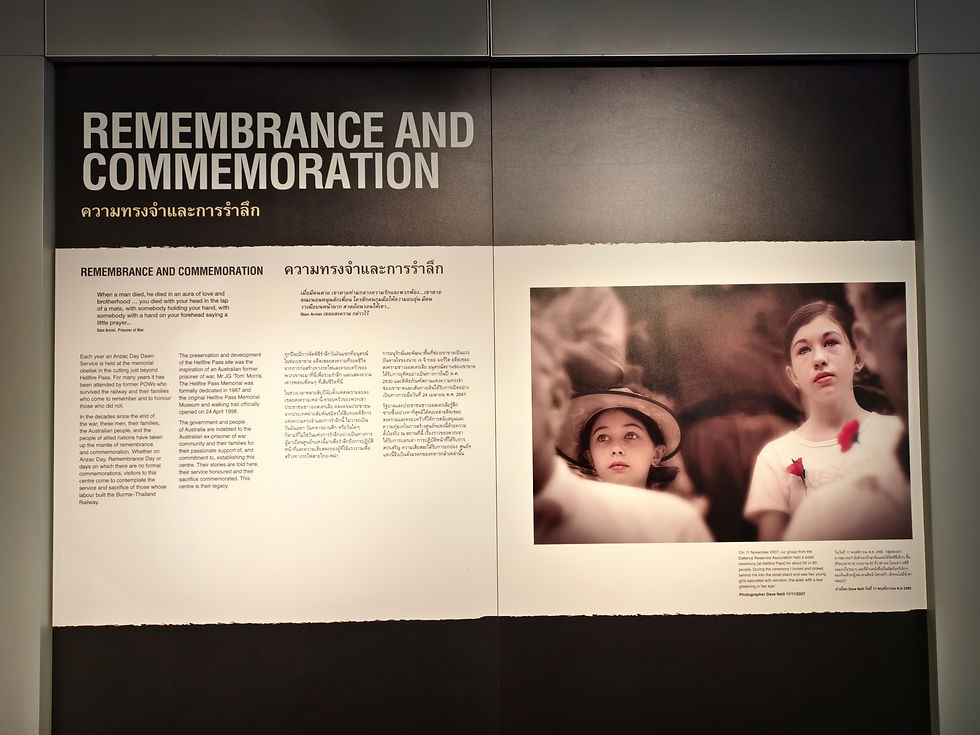
After countless visits to Hellfire Pass over the years, I still pause at that first step into the cutting. Every single time. There's something about this place that reaches into your soul and doesn't let go. Maybe it's the silence that hangs heavy between those hand-carved rock walls. Maybe it's knowing that 13,000 Allied POWs and 80,000 Asian laborers died building this railway. Or maybe it's the quotes on those museum walls that stop me cold every visit – words from men who somehow found strength in hell itself.
I've guided hundreds of visitors through Hellfire Pass, from war veterans to young students, from historians to families seeking to understand their grandfather's story. Each person leaves changed. This isn't just another historical site on your Thailand itinerary – it's a place where humanity's darkest moments and brightest resilience collide, leaving you with lessons that echo long after you've returned home.

Understanding Hellfire Pass: More Than Just History
The Origins: When War Came to the Jungle
In 1942, the Japanese Empire needed a supply route to support their forces in Burma. The solution? A 415-kilometer railway cutting through some of the most inhospitable terrain in Southeast Asia. What they called the Burma-Thailand Railway would become known to history as the Death Railway, and Hellfire Pass – or Konyu Cutting as it was originally known – would become its most notorious section.
Standing at the entrance to Hellfire Pass Museum today, looking at that modern building rising from the jungle, it's hard to imagine the desperate scene that unfolded here 80 years ago. But walk down those stairs, step into the cutting itself, and the past becomes visceral. You can still see the drill marks in the rock, still trace the path where exhausted men hauled away tons of stone with nothing but primitive tools and failing strength.
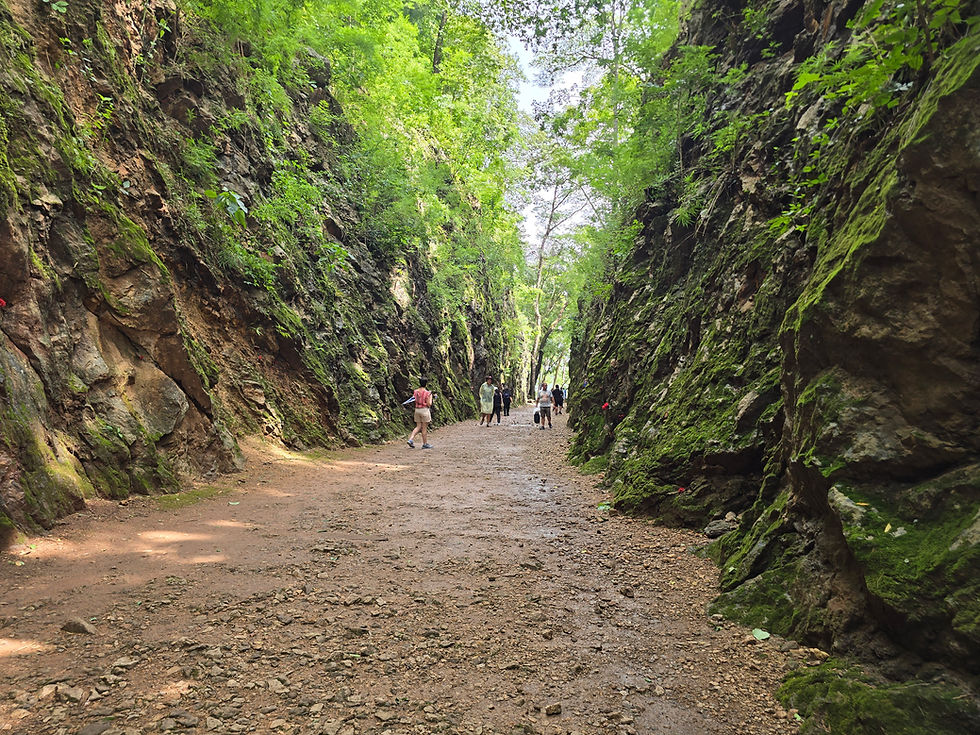
Why "Hellfire Pass"?
The name came from the night shifts during the "Speedo Period" in 1943. I always tell visitors to imagine this scene: skeletal men, lit only by bamboo torches and oil lamps, their shadows dancing on the rock walls as they worked 18-hour shifts. To observers, it looked like a vision from Dante's Inferno – hence "Hellfire Pass."
One quote in the museum from a POW stays with me: "The flickering light, the noise from the drilling of rock, and the shuffling of hundreds of poorly fed prisoners seemed the very image of hell." When you stand in that cutting at dusk, when the shadows lengthen and the jungle sounds fade, you can almost see it.
The Death Railway Story: Understanding the Human Cost
The Numbers That Still Shock
Every time I share these statistics with tour groups, I watch faces change:
Category | Numbers |
Allied POWs forced into labor | 60,000+ |
POW deaths during construction | 16,000+ |
Asian laborers (Romusha) deaths | 90,000+ |
Total railway length | 415 kilometers |
Construction period | 17 months |
Rock removed at Hellfire Pass | 80,000 cubic meters |
Work shifts during "Speedo Period" | 18 hours |
But numbers don't tell the human story. That's why the Hellfire Pass Museum is so powerful – it gives voices to those statistics.
The Speedo Period: When Hell Intensified
From January to August 1943, the Japanese accelerated construction to meet impossible deadlines. During my visits to Hellfire Pass, I've read countless diary entries from this period displayed in the museum. Men worked around the clock, surviving with basicly no food – mostly watery rice and dried stinky fish. Cholera, malaria, dysentery, and beriberi ravaged the camps. Yet somehow, they endured.
Private Max McGee's words, etched on the museum wall, capture it perfectly: "Every man who worked on the railway, in whichever section, would have an automatic passport to Heaven... They have all done the requisite stretch in Hell."
Visiting Hellfire Pass Museum: What You'll Experience
The Interpretive Centre: Where Stories Come Alive
The Hellfire Pass Interpretive Centre, established through collaboration between the Australian and Thai governments, is unlike any war museum I've encountered. It doesn't glorify war – it honors sacrifice and promotes understanding.
As you enter, you're greeted not by weapons or military displays, but by faces – photographs of the men who lived and died here. The museum follows their journey chronologically: capture, transportation to Thailand, the brutal construction period, and for the lucky ones, liberation.
What moves me most after all these visits are the personal artifacts: a prisoner's sketch of camp life, a secret diary written on scraps of paper, a makeshift surgical instrument crafted from scrap metal. These items make the incomprehensible human.

The Contemplation Corridor: A Space for Reflection
Before you descend to the cutting, you'll walk through the contemplation corridor. The walls display the names of those who died – seemingly endless columns of text. I've watched tough men cry here, seen grandchildren find their grandfather's name, witnessed the quiet power of remembrance.
The quote from Stan Arniel, a POW, captures what this place means: "When a man died, he died in an aura of love and brotherhood... you died with your head in the lap of a mate, with somebody holding your hand, with somebody with a hand on your forehead saying a little prayer."
Walking the Memorial Trail: Following Their Footsteps
The memorial offers two walking options:
Trail Option | Duration | Distance | Difficulty | Highlights |
Walk 1 (Blue Line) | 40-50 minutes | 1 km return | Moderate | Hellfire Pass Cutting, Konyu Cutting Memorial, Original railway bed |
Walk 2 (Green Line) | 3 hours | 4 km one-way | Challenging | All Walk 1 sites plus Hintok Road, 7-Meter Embankment, Three-Tier Bridge |
Important: Walk 2 requires a safety radio (provided at The Hellfire Pass Interpretive Centre reception desk) and high fitness level.
Both walks include audio guides that share survivor testimonies at specific locations. Standing where these events actually happened while hearing firsthand accounts – it's an experience that transcends typical tourism.

How to Get to Hellfire Pass: Your Transport Options
Transport Comparison Table
From | Transport Type | Duration | Cost | Pros | Cons |
Kanchanaburi | Local Bus | 2+ hours | 80 THB | Cheapest option | Infrequent, walk from main road required |
Rental Car/Bike | 1.5 hours | 300-1,300 THB/day | Flexible timing | Driving on unfamiliar Thai roads can be dangerous and increase the risk of accidents. | |
Paddle & More Private transportation service | 1.5 hours | Private car 2,000 and Private Van 2,300 THB | Guide included, flexible, comfortable | Higher cost | |
Paddle & More Private Tour – Hellfire Pass, Death Railway Train Ride, River Kwai Bridge & War Cemetery | 9 hours | Starting at 2 person at 5,400 THB | |||
Bangkok | Public Bus + Connection | 5-6 hours | 200 THB | Budget option | Complex connections, time-consuming |
Paddle & More Private Taxi round trip | 3 hours | Please contact us for the private vehicle price of 4,500 THB. | Direct, comfortable, hotel pickup | Higher cost | |
Paddle & More Combo Tour | Full day | Contact for price | Includes Bridge, train ride, lunch | Full day commitment |
From Kanchanaburi: The Gateway to Hellfire Pass
Most visitors to Hellfire Pass base themselves in Kanchanaburi, about 80 kilometers away. Over my years of guiding, I've tried every transport option:
Local Bus: The cheapest option at around 80 baht, but challenging for tourists. Buses are infrequent, the journey takes 2+ hours, and you'll need to walk from the main road.
Rental Motorbike: Rental Motorbike Offers flexibility, but winding mountain roads can be hazardous, especially during the rainy season. I’ve seen too many tourists injured in motorbike accidents, so I recommend this option with caution.
Private Tour from Kanchanaburi: This is what we specialize in at Paddle and More Travel. Our private tour of Hellfire Pass includes comfortable air-conditioned transport, an experienced guide who knows every story, and flexible timing so you can absorb this experience at your own pace. We operate daily departures and can customize your itinerary.
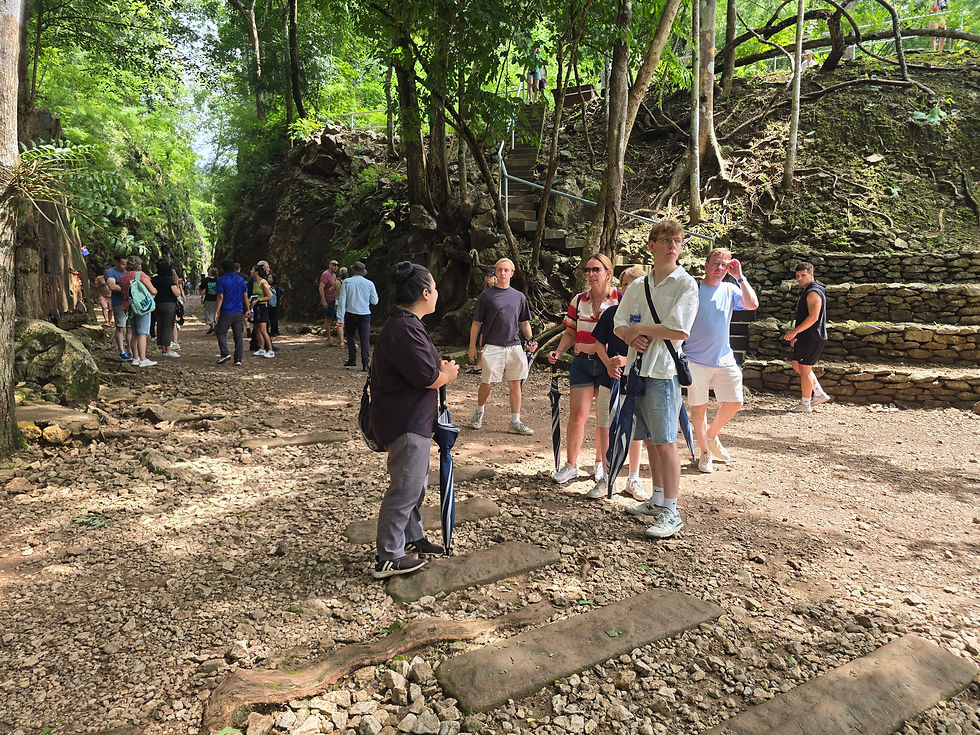
Hellfire Pass Taxi from Bangkok: Direct and Convenient
For those based in Bangkok wanting to visit Hellfire Pass, the 3-hour journey each way makes a long but doable day trip. While public buses exist, the connections are complicated and time-consuming.
At Paddle and More Travel, we operate private taxi service from Bangkok to Hellfire Pass. Our drivers know the route intimately, and we time departures to avoid Bangkok's notorious traffic. The Hellfire Pass taxi from Bangkok service includes hotel pickup, comfortable vehicles, and the flexibility to combine your visit with other sites.

Combination Tours: Making the Most of Your Journey
Since you're traveling this far, why not explore more of the Death Railway story?
Tour Package | Duration | Includes | Departure |
Hellfire Pass Express | Full day | Museum, Walk 1, Guide | Bangkok/Kanchanaburi |
Death Railway Complete | Full day | Hellfire Pass, Bridge over River Kwai, Train ride, Lunch | Bangkok/Kanchanaburi |
ANZAC Day Special | Full day | Dawn service, Museum, Memorial walk, Lunch | Bangkok/Kanchanaburi |
Private Custom Tour | Flexible | Tailored to your interests | Bangkok/Kanchanaburi |
We also operate this as a Hellfire Pass tour from Kanchanaburi for those already in the area. The beauty of a private van Hellfire Pass tour is the flexibility – want more time at the museum? Need to accommodate elderly travelers? Have specific memorial sites to visit? We customize everything.

ANZAC Day at Hellfire Pass: A Day of Deep Remembrance
If you're planning your visit around April 25th, ANZAC Day at Hellfire Pass is profoundly moving. I've attended the dawn service here many times, and it never fails to affect me deeply.
The ceremony begins before sunrise. As the first light filters through the jungle canopy, hundreds gather in silent remembrance. Veterans, descendants, diplomats, and ordinary visitors stand together. The Last Post echoes through the cutting. In that moment, the past and present merge.
What makes ANZAC Day at Hellfire Pass special is its authenticity. This isn't a symbolic location – this is where Australian and New Zealand POWs actually suffered and died. Standing where they stood, remembering where they fell, honoring where they triumphed over unimaginable adversity.
If you're planning to attend ANZAC Day services, book your private tour Hellfire Pass well in advance. We at Paddle and More Travel operate special ANZAC Day tours that ensure you arrive in time for the dawn service and can stay for the full commemoration.
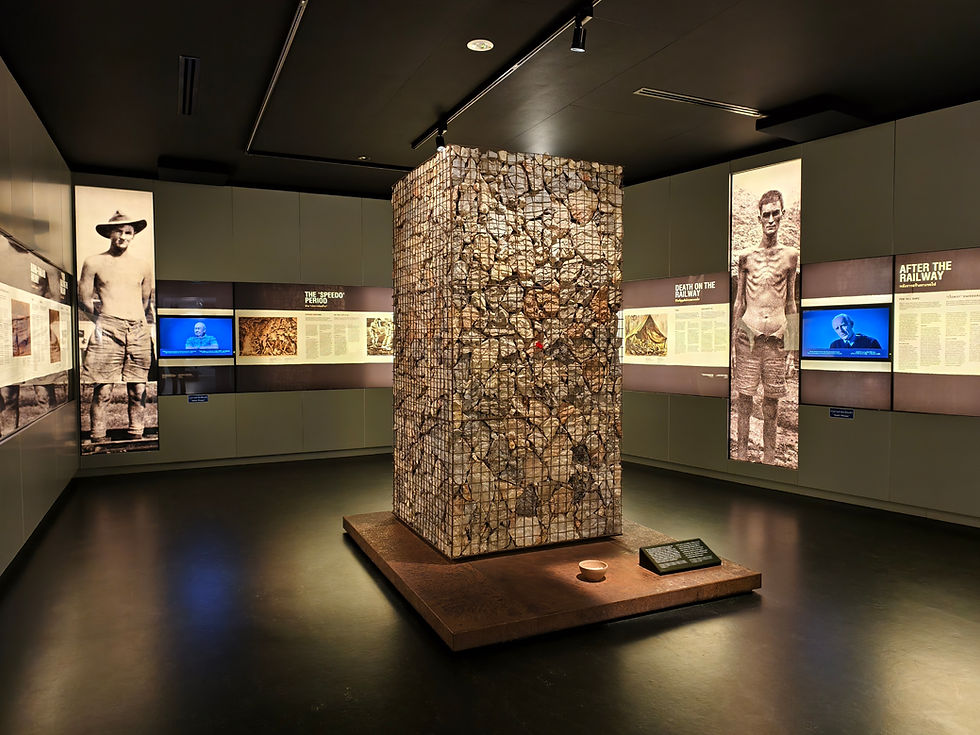


Practical Information for Your Hellfire Pass Visit
Opening Hours and Admission
Service | Details |
Museum Hours | 9:30 AM - 4:00 PM daily |
Admission | Free (donations welcomed) |
Audio Guides | Free at hub counter |
Parking | Free on-site |
Phone | +66 (0) 34 919 605 |
Location | 207 Moo 11 Thasao, Sai Yok, Kanchanaburi 71150 |
What to Bring
From experience guiding in all seasons:
Essential Items | Why You Need It |
Sturdy walking shoes | Rocky, uneven trail surfaces |
Drinking Water | No refill stations on trail |
Insect repellent | Fierce jungle mosquitoes |
Sun protection | Limited shade on trails |
Camera | Powerful memorial sites |
Small backpack | Hands-free for trail walking |
Best Time to Visit Hellfire Pass Memorial in Kanchanaburi,
I recommend arriving early morning or late afternoon. Not only is it cooler, but the light filtering through the jungle canopy creates an almost ethereal atmosphere in the cutting. The museum is also less crowded, allowing you to absorb the exhibits at your own pace.
Avoid Thai public holidays if possible – the site can become overcrowded, diminishing the contemplative atmosphere this memorial deserves.
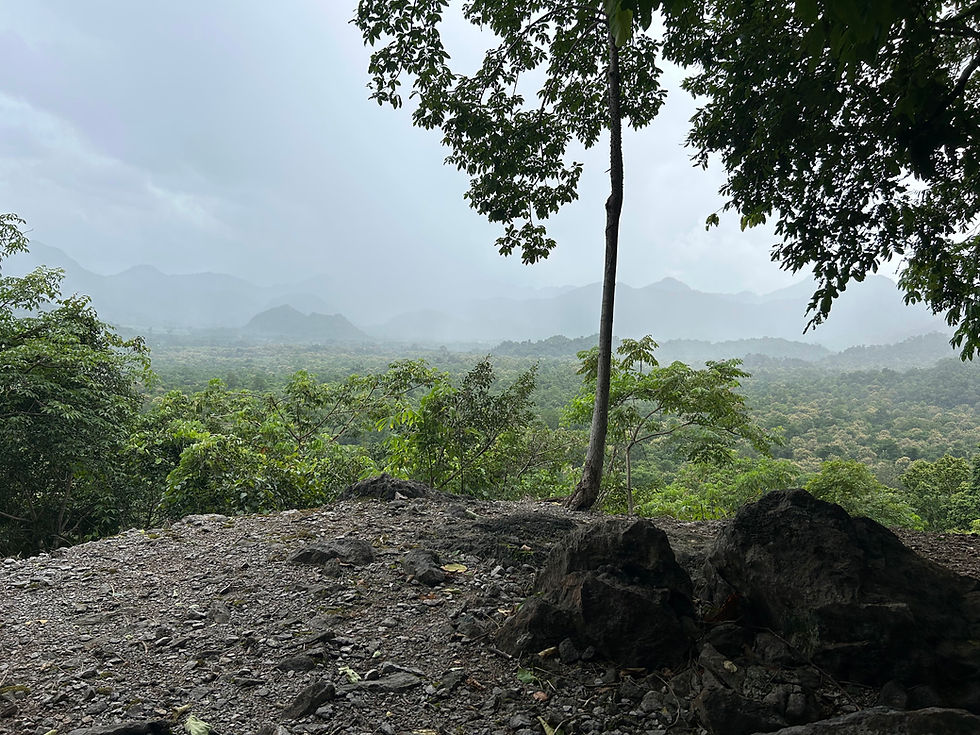
Showing Respect
This is a war cemetery and memorial. I've seen visitors treating it like a tourist attraction – taking selfies in the cutting, laughing loudly, climbing on memorial structures. Please don't. Remember that for many visitors, this is a pilgrimage to honor family members. Quiet contemplation and respectful behavior aren't just encouraged – they're essential.

Beyond Hellfire Pass: Completing the Death Railway Story
The Bridge Over the River Kwai
No visit to Hellfire Pass is complete without seeing the Bridge over the River Kwai in Kanchanaburi. While the Hollywood movie made it famous, the real story is far more complex. The current bridge isn't entirely original – Allied bombing destroyed sections in 1945 – but walking across it while trains still rumble past is surreal.
We include the bridge visit in our combination tours, timing it perfectly to avoid the tourist buses while ensuring you can experience both the bridge and take the Death Railway train ride.
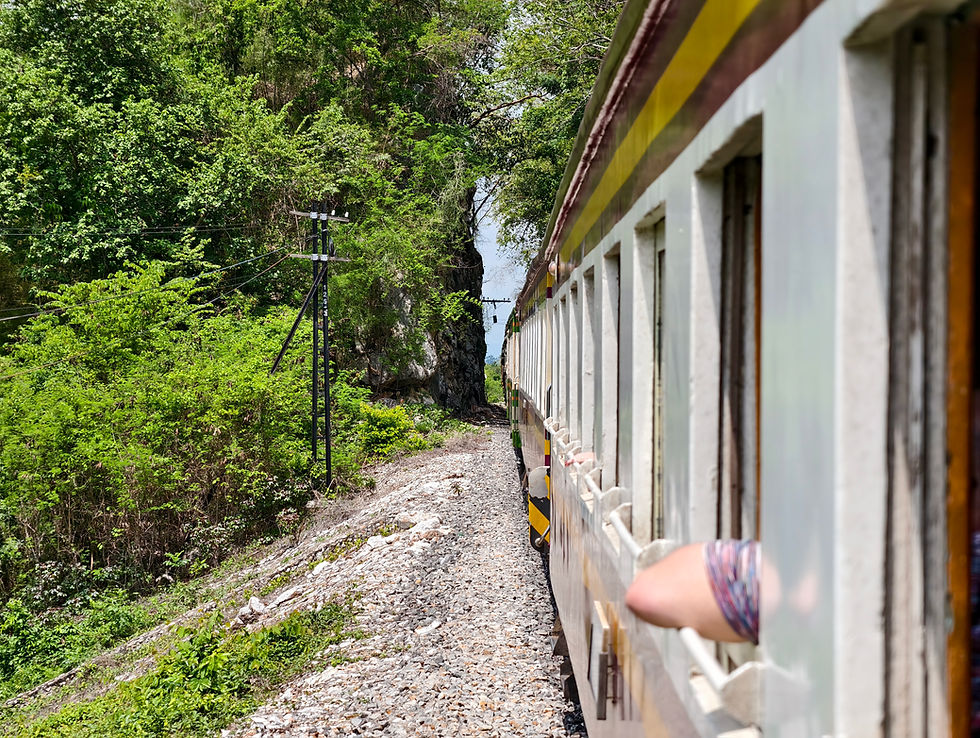
The Death Railway Train Journey
Riding the train along surviving sections of the Death Railway is haunting and beautiful. The route from Kanchanaburi to Nam Tok follows the original track, clinging to cliffsides and crossing the wooden Wampo Viaduct. As you rattle along tracks laid by POW hands, watching the Thai countryside roll past, the magnitude of their achievement becomes clear.
Our tour from Bangkok and Kanchanaburi packages include this train journey, with reserved seats and a guide to explain the significance of what you're seeing.
Other Memorial Sites
The Thailand-Burma Railway Museum in Kanchanaburi provides excellent historical context before visiting Hellfire Pass. The Chungkai and Kanchanaburi War Cemeteries, immaculately maintained by the Commonwealth War Graves Commission, offer peaceful spaces for remembrance.
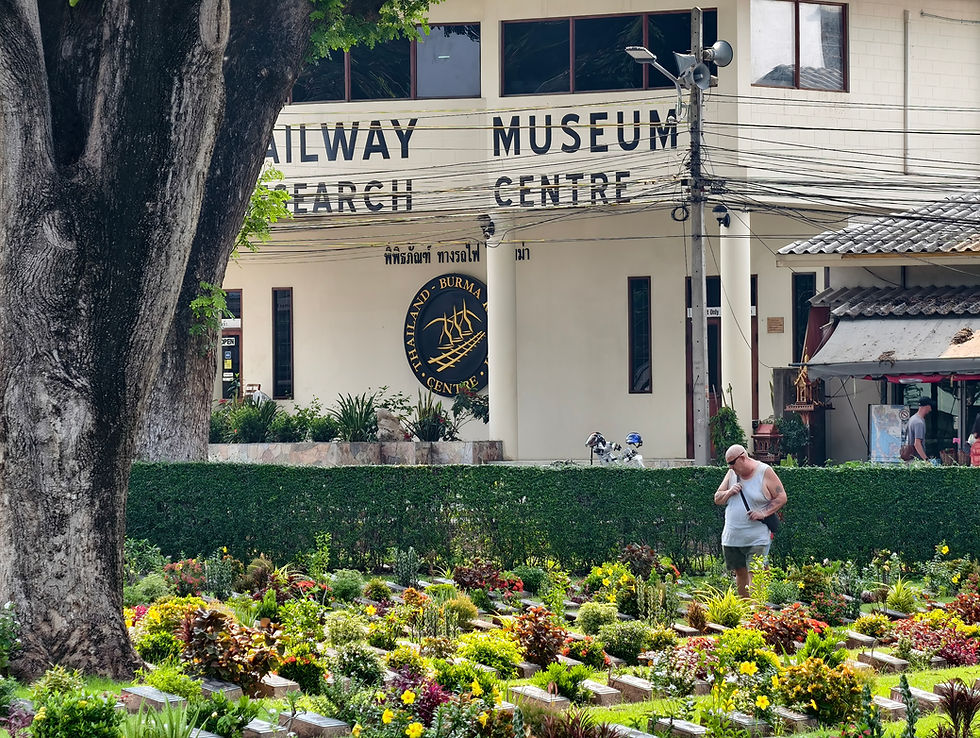
Personal Reflections: Why Hellfire Pass Matters Today
After all my visits to Hellfire Pass, people often ask what keeps drawing me back. It's not morbid fascination with suffering. It's the stories of resilience, humanity, and hope that emerged from unimaginable darkness.
In the museum, you'll read about the "University of Konyu" – POWs who organized lectures to keep minds active. About the secret radios that connected them to the outside world. About the medics who performed miracles with nothing. About mateship that transcended nationality, with men sharing their last grains of rice with those worse off.
These stories matter now more than ever. In our comfortable world, it's easy to forget human capacity for both cruelty and kindness. Hellfire Pass reminds us of both, challenging us to choose compassion.

Planning Your Visit with Paddle and More Travel
At Paddle and More Travel, we don't just operate tours – we facilitate meaningful experiences. Our private tour Hellfire Pass services are designed for those who want to understand, not just observe.
Whether you need a private taxi Hellfire Pass service from Bangkok, want to join our comprehensive Death Railway tour, or require a customized itinerary for ANZAC Day, we're here to help. Our guides aren't just knowledgeable – they're passionate about sharing these important stories respectfully and meaningfully.
We operate:
Daily private van Hellfire Pass services from Bangkok and Kanchanaburi
Combination tours including Bridge over the River Kwai and train rides
Special ANZAC Day dawn service tours
Customized private tours for veterans, families, and history groups
Educational tours for schools and universities
Book your Hellfire Pass tour with Paddle and More Travel and experience this profound memorial with guides who understand its significance. We handle all logistics, allowing you to focus on the experience itself.
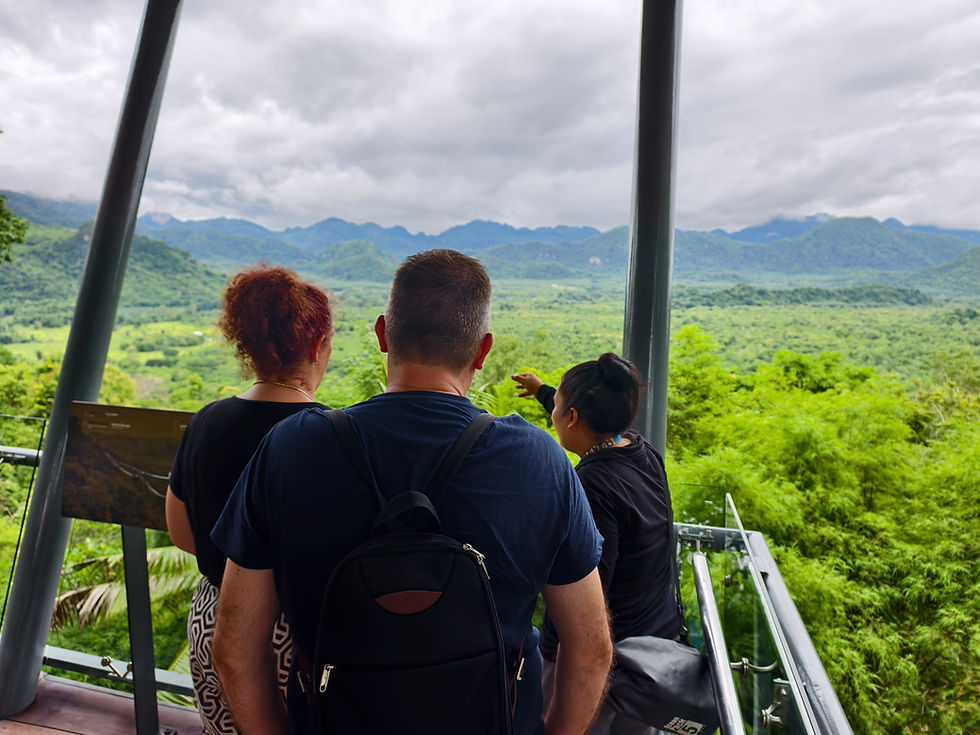
Conclusion: A Journey That Changes You
Hellfire Pass isn't an easy place to visit. It's emotionally challenging, physically demanding if you walk the trails, and confronting in its honesty about human cruelty. But it's also inspiring, educational, and ultimately uplifting in its testament to human endurance.
Every time I guide visitors through that cutting, I watch transformation happen. Teenagers put down their phones and listen to survivor stories. Veterans find closure. Grandchildren understand their grandfather's silence. History becomes personal.
The museum's mission statement says it best: this is "a place of solemn commemoration and reflection." But it's also a place of learning, understanding, and reconciliation. The friendship between former enemies, the cooperation between nations in preserving this memorial, the respect shown by all who visit – these offer hope.
As you plan your visit to Hellfire Pass, remember you're not just touring a historical site. You're walking in the footsteps of those who endured the unendurable. You're honoring those who died far from home. You're ensuring their stories survive.
The last quote I'll share, displayed prominently in the museum, captures why this place matters: "Please respect the history of this place." It's not just a request – it's a responsibility we all share.
Contact Paddle and More Travel today to arrange your Hellfire Pass tour from Bangkok or Kanchanaburi. Let us help you experience this profound memorial with the respect, understanding, and depth it deserves. Some journeys change you – Hellfire Pass is one of them.
Hellfire Pass Memorial – Quick Visitor FAQs
Question | Answer |
1. What is Hellfire Pass Memorial? | A WWII memorial and museum in Sai Yok, Kanchanaburi, honoring POWs and Asian laborers who built the Death Railway. |
2. Why is it important? | Site of one of the hardest and deadliest railway sections, built under brutal conditions in 1942–43. |
3. Why the name “Hellfire Pass”? | Night work by torchlight made it look like scenes from hell. |
4. How many died here? | Around 16,000 Allied POWs and 90,000 Asian laborers died on the railway; hundreds at this pass. |
5. What’s in the museum? | Exhibits, photos, personal artifacts, survivor stories, and a free audio guide. |
6. Is there a walking trail? | Yes – Short 1 km (40–50 mins) or Long 4 km (3 hrs). Rough terrain, sturdy shoes needed. |
7. How to get there? | 1.5 hrs from Kanchanaburi, 3–4 hrs from Bangkok by car/tour. No direct train service. |
8. Opening hours & cost? | Open daily 9:00–16:00, free entry, donations welcome. |
9. What to bring? | Sturdy shoes, water, insect repellent, sun protection, respectful clothing. |
10. Best time to visit? | Nov–Feb, early morning/late afternoon. ANZAC Day dawn service on April 25 is a major event. |





































Top Tips for Buying undetectable Counterfeit Money and Registered or fake Documents Online .
In today's digital age, the internet has transformed how we buy and sell almost everything. From groceries to gadgets, the online marketplace is vast and varied. However, when it comes to purchasing genuine money and documents, the stakes are much higher. The risk of scams and counterfeit products is significant. Therefore, it is crucial to approach this process with caution and knowledge.
In this blog post, we will explore essential tips for buying genuine money and documents online. Whether you are looking for collectible currency, legal documents, or any other type of official paperwork, these tips will help you navigate the online landscape safely and effectively.